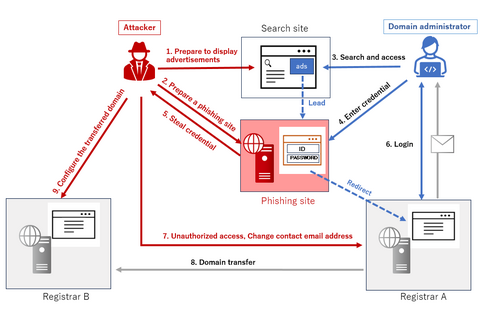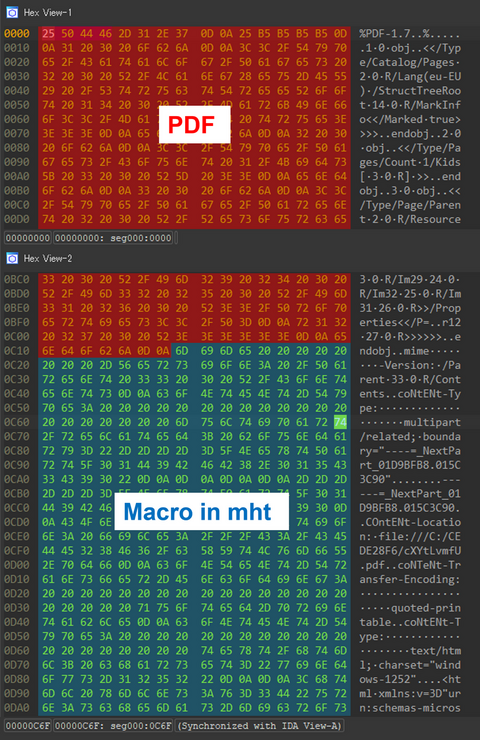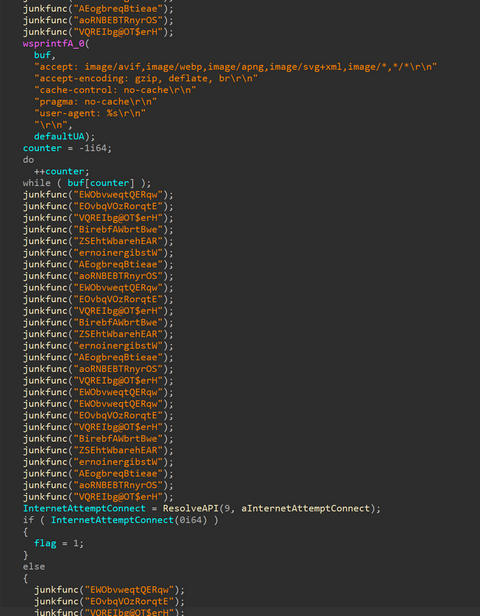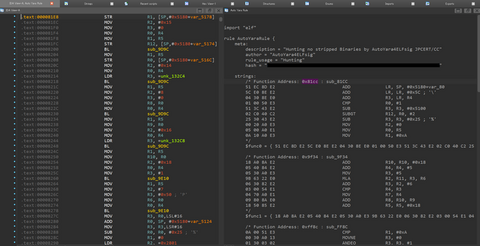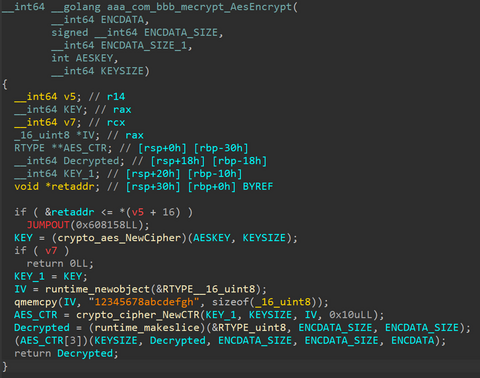This TSUBAME Report Overflow series discuss monitoring trends of overseas TSUBAME sensors and other activities which the Internet Threat Monitoring Quarterly Reports does not include. This article covers the monitoring results for the period of July to September 2023. The scan trends observed with TSUBAME sensors in Japan are presented in graphs here . Suspicious packets sent from routers sold by a Japanese manufacturer Focus on routers sold by a...
List of “2023”
-
-
In early July 2023, JPCERT/CC confirmed a case of domain hijacking in which a domain used in Japan was unauthorizedly transferred to another registrar. This blog post describes the attack case. Attack overview Figure 1 shows the attack flow. The attacker first prepared a phishing site, which pretended to be a registrar on search site advertisements. Figure 1: the attack flow An attacker can steal account information and password (hereafter...
-
This TSUBAME Report Overflow series discuss monitoring trends of overseas TSUBAME sensors and other activities which the Internet Threat Monitoring Quarterly Reports does not include. This article covers the monitoring results for the period of April to June 2023. The scan trends observed with TSUBAME sensors in Japan are presented in graphs here. Difference of observed packets in Japan and overseas sent from Japan Along with the renewal of the...
-
JPCERT/CC has confirmed that a new technique was used in an attack that occurred in July, which bypasses detection by embedding a malicious Word file into a PDF file. This blog article calls the technique “MalDoc in PDF” hereafter and explains the details of and countermeasures against it. Overview of MalDoc in PDF A file created with MalDoc in PDF can be opened in Word even though it has magic...
-
As attacks become more fileless and malware gets more obfuscated, it is getting more difficult to determine whether there is a malicious intent from a file by itself. For this reason, malware detection methods that utilize sandboxes and AI, as well as technologies that detect suspicious behavior after malware infection, such as EDR, have now become common. Even so, malware that antivirus software cannot detect is often found during actual...
-
At the end of May 2023, JPCERT/CC confirmed an attack targeting developers of cryptocurrency exchange businesses, and it is considered to be related to the targeted attack group DangerousPassword [1], [2] (a.k.a. CryptoMimic or SnatchCrypto), which has been continuously attacking since June 2019. This attack targeted Windows, macOS, and Linux environments with Python and Node.js installed on the machine. This article explains the attack that JPCERT/CC has confirmed and the...
-
This TSUBAME Report Overflow series discuss monitoring trends of overseas TSUBAME sensors and other activities which the Internet Threat Monitoring Quarterly Reports does not include. This article covers the monitoring results for the period of January to March 2023. The scan trends observed with TSUBAME sensors in Japan are presented in graphs here. Observation of suspicious packets sent from a hosting company in Japan From February to March, we observed...
-
It has been observed that ELF malware removes symbol information during its build. This creates extra work in malware analysis to identify each function name because you do not know them. In addition, in IDA, an analysis tool, existing F.L.I.R.T signatures [1] (hereafter abbreviated as FLIRT signatures in this article) are often not applicable to ELF malware functions, making analysis difficult when right signatures are not found. This blog article...
-
JPCERT/CC has confirmed attacks that infected routers in Japan with malware around February 2023. This blog article explains the details of the attack confirmed by JPCERT/CC and GobRAT malware, which was used in the attack. Attack flow up to malware execution Initially, the attacker targets a router whose WEBUI is open to the public, executes scripts possibly by using vulnerabilities, and finally infects the GobRAT. Figure 1 shows the flow...
-
JPCERT/CC has observed attacks on cryptocurrency exchanges believed to be related to DangerousPassword attack campaign (also known as CryptoMimic or SnatchCrypto) continuously since June 2019. For many years, attackers have been using an attack technique of infecting targets with malware by sending shortcut files to them via email. However, it is known that they also use various other patterns of attacks to infect the targets with malware. This article will...



